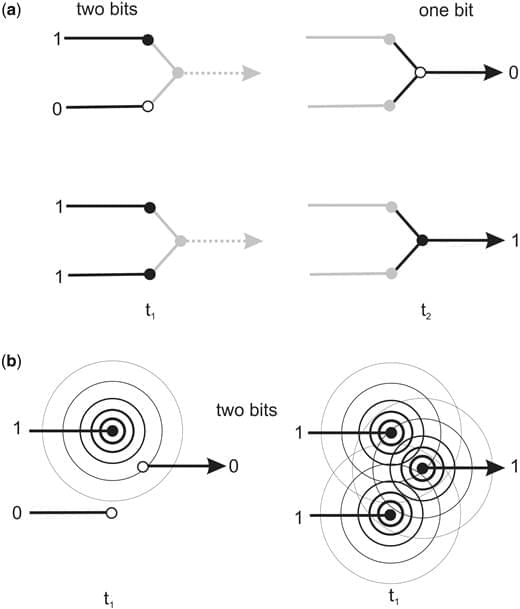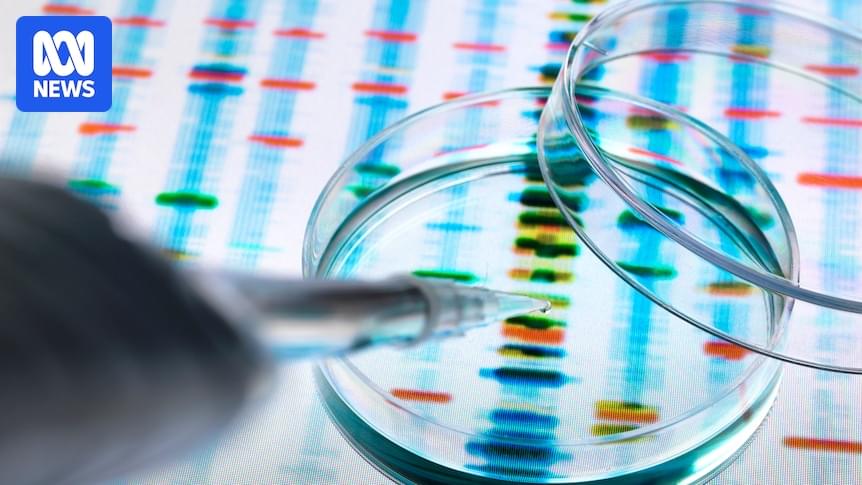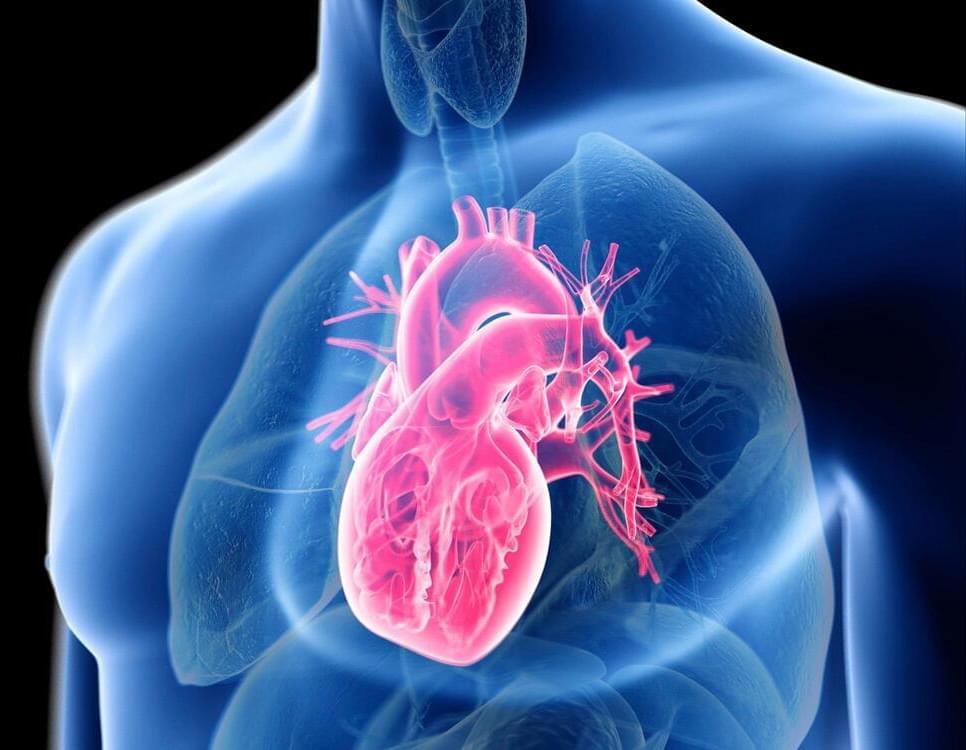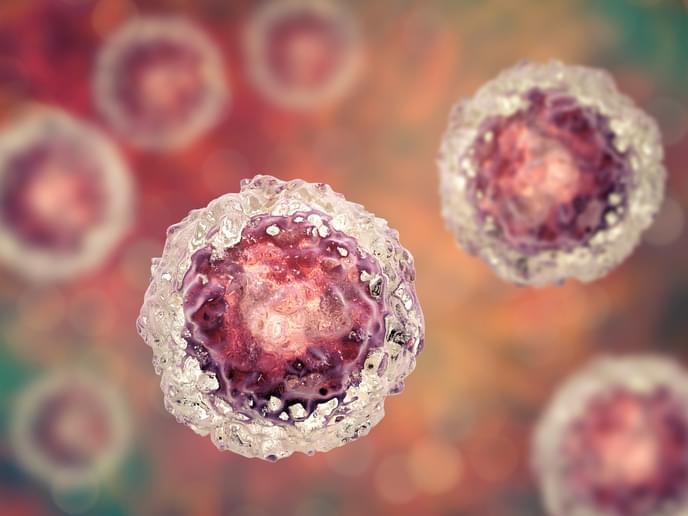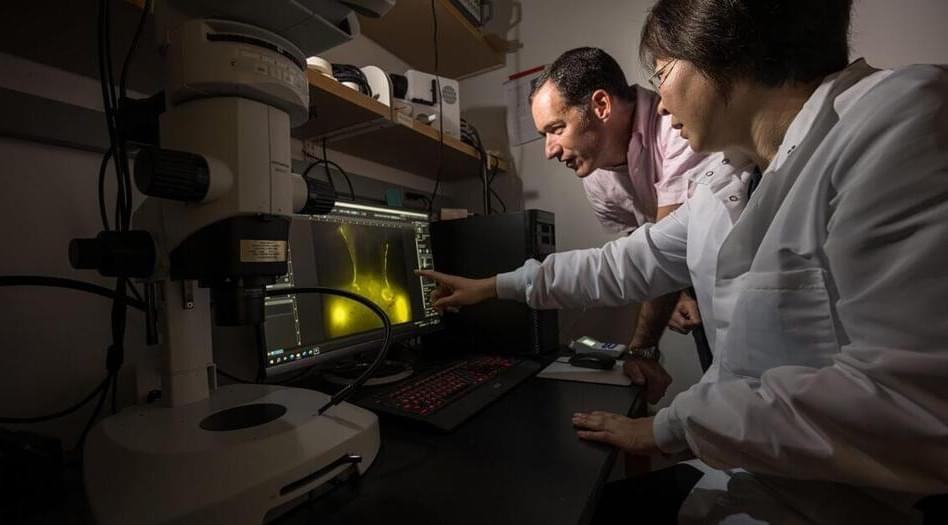Dr. Sam Parnia talks about reviving people adter they died. Very informative. Fast forward a little to listen to it.
Archive for the ‘biotech/medical’ category: Page 27
Sep 11, 2024
Unique nanodisk pushes photonics research forward
Posted by Saúl Morales Rodriguéz in categories: biotech/medical, quantum physics
Photonic applications harness the power of light-matter interactions to generate various intriguing phenomena. This has enabled major advances in communications, medicine, and spectroscopy, among others, and is also used in laser and quantum technologies.
Sep 11, 2024
Integrating information in the brain’s EM field: the cemi field theory of consciousness
Posted by Dan Breeden in categories: biotech/medical, information science
In this sense, the cemi theory incorporates Chalmers’ (Chalmers 1995) ‘double-aspect’ principle that information has both a physical, and a phenomenal or experiential aspect. At the particulate level, a molecule of the neurotransmitter glutamate encodes bond energies, angles, etc. but nothing extrinsic to itself. Awareness makes no sense for this kind matter-encoded information: what can glutamate be aware of except itself? Conversely, at the wave level, information encoded in physical fields is physically unified and can encode extrinsic information, as utilized in TV and radio signals. This EM field-based information will, according to the double-aspect principle, be a suitable substrate for experience. As proposed in my earlier paper (McFadden 2002a) ‘awareness will be a property of any system in which information is integrated into an information field that is complex enough to encode representations of real objects in the outside world (such as a face)’. Nevertheless, awareness is meaningless unless it can communicate so only fields that have access to a motor system, such as the cemi field, are candidates for any scientific notion of consciousness.
I previously proposed (McFadden 2013b), that complex information acquires its meaning, in the sense of binding of all of the varied aspects of a mental object, in the brain’s EM field. Here, I extend this idea to propose that meaning is an algorithm experienced, in its entirety from problem to its solution, as a single percept in the global workspace of brain’s EM field. This is where distributed information encoded in millions of physically separated neurons comes together. It is where Shakespeare’s words are turned into his poetry. It is also, where problems and solutions, such as how to untangle a rope from the wheels of a bicycle, are grasped in their entirety.
There are of course many unanswered questions, such as degree and extent of synchrony required to encode conscious thoughts, the influence of drugs or anaesthetics on the cemi field or whether cemi fields are causally active in animal brains. Yet the cemi theory provides a new paradigm in which consciousness is rooted in an entirely physical, measurable and artificially malleable physical structure and is amenable to experimental testing. The cemi field theory thereby delivers a kind of dualism, but it is a scientific dualism built on the distinction between matter and energy, rather than matter and spirit. Consciousness is what algorithms that exist simultaneously in the space of the brain’s EM field, feel like.
Sep 11, 2024
Genetic testing to be banned from life insurance, income protection, disability cover
Posted by Genevieve Klien in categories: biotech/medical, genetics, government
Life insurers and those offering income protection and permanent disability insurance will be banned from using genetic testing to refuse cover, or hike up charges, for a range of insurance products.
The federal government announced on Tuesday it would ban the practice that saw consumers discriminated against if they disclosed the results of genetic tests that predict their likelihood of an inherited disease.
It comes after consultation to address genetic discrimination in life insurance earlier this year. More than 1,000 submissions were received with 97 per cent supporting a total ban.
Sep 11, 2024
Heart Mystery Solved: Scientists Uncover Surprising Source of Cardiac Inflammation
Posted by Genevieve Klien in category: biotech/medical
UC San Diego researchers have identified a new inflammatory mechanism in the heart’s borderzone after a heart attack, driven by stressed cardiomyocytes. This discovery may lead to novel therapies aimed at preventing heart failure by targeting mechanical stress, DNA sensing, and IFN signaling.
Ischemic heart disease is the leading cause of death globally. It typically starts with a heart attack, or myocardial infarction (MI), during which part of the heart muscle dies because it doesn’t receive enough blood from the coronary arteries. This event triggers intense inflammation, changes to the structure of the heart wall, and eventually can lead to heart failure.
Anti-inflammatory drugs have been surprisingly ineffective at preventing heart failure. As a consequence, they are not a routine part of post-MI care. However, it is possible that the most potent molecular and cellular inflammation targets have yet to be discovered.
Sep 10, 2024
Decoding Aging: The Science Of Cellular Rejuvenation With Dr. Vittorio Sebastiano
Posted by Shubham Ghosh Roy in categories: biotech/medical, life extension, science
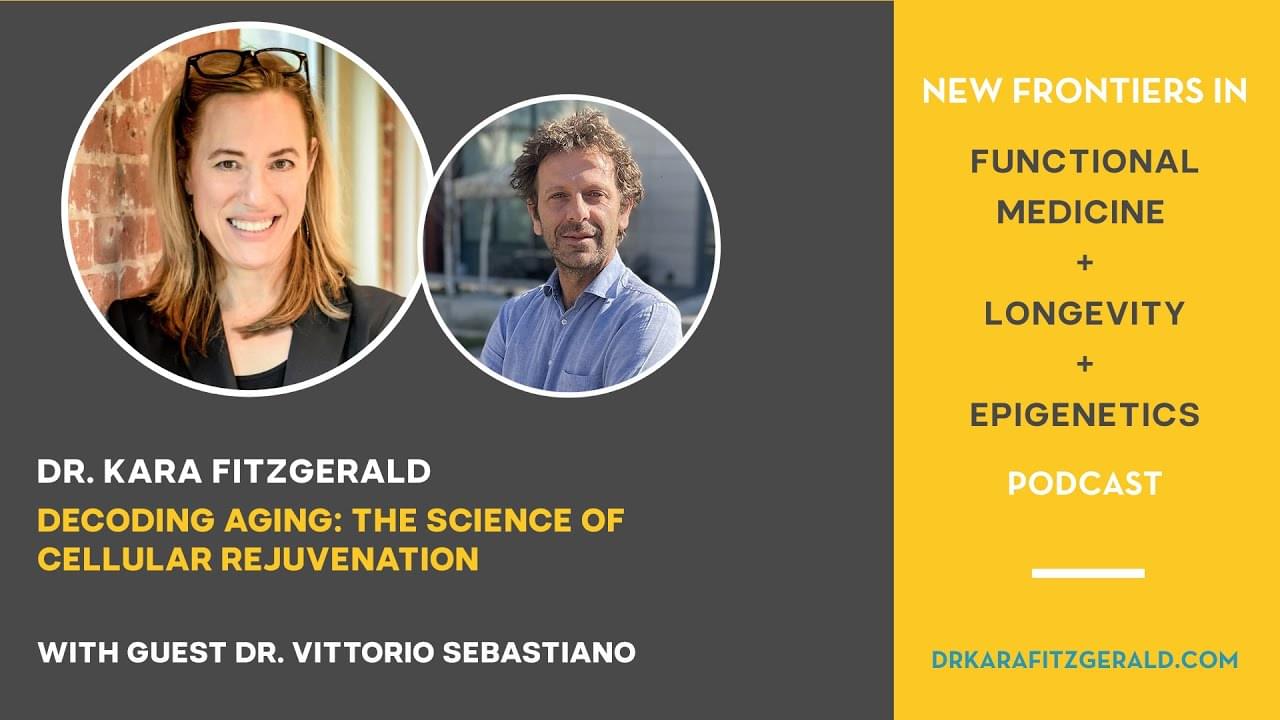
It was a career-defining (and perhaps life changing) moment when Dr. Vittorio Sebastiano, a reproductive biologist by training, realized that because we are able to create life, that same body of information could be harnessed to create youth — that is, radically reverse our biological aging process to a younger time point without losing cellular identity.
In 2014, he and his lab began unpacking this epiphany. They made the radical decision to conduct their investigations in human cells and tissue rather than in rodents, with the expectation that such a start would be a better bridge to human clinical trials.
Sep 10, 2024
A comprehensive map of the aging blood methylome in humans
Posted by Shubham Ghosh Roy in categories: biotech/medical, genetics, life extension
During aging, the human methylome undergoes both differential and variable shifts, accompanied by increased entropy. The distinction between variably methylated positions (VMPs) and differentially methylated positions (DMPs), their contribution to epigenetic age, and the role of cell type heterogeneity remain unclear.
We conduct a comprehensive analysis of 32,000 human blood methylomes from 56 datasets (age range = 6–101 years). We find a significant proportion of the blood methylome that is differentially methylated with age (48% DMPs; FDR 0.005) and variably methylated with age (37% VMPs; FDR 0.005), with considerable overlap between the two groups (59% of DMPs are VMPs). Bivalent and Polycomb regions become increasingly methylated and divergent between individuals, while quiescent regions lose methylation more uniformly. Both chronological and biological clocks, but not pace-of-aging clocks, show a strong enrichment for CpGs undergoing both mean and variance changes during aging. The accumulation of DMPs shifting towards a methylation fraction of 50% drives the increase in entropy, smoothening the epigenetic landscape. However, approximately a quarter of DMPs exhibit anti-entropic effects, opposing this direction of change.
Sep 10, 2024
You Are Only As Young As Your Immune System with Dr. Greg Fahy
Posted by Shubham Ghosh Roy in category: biotech/medical
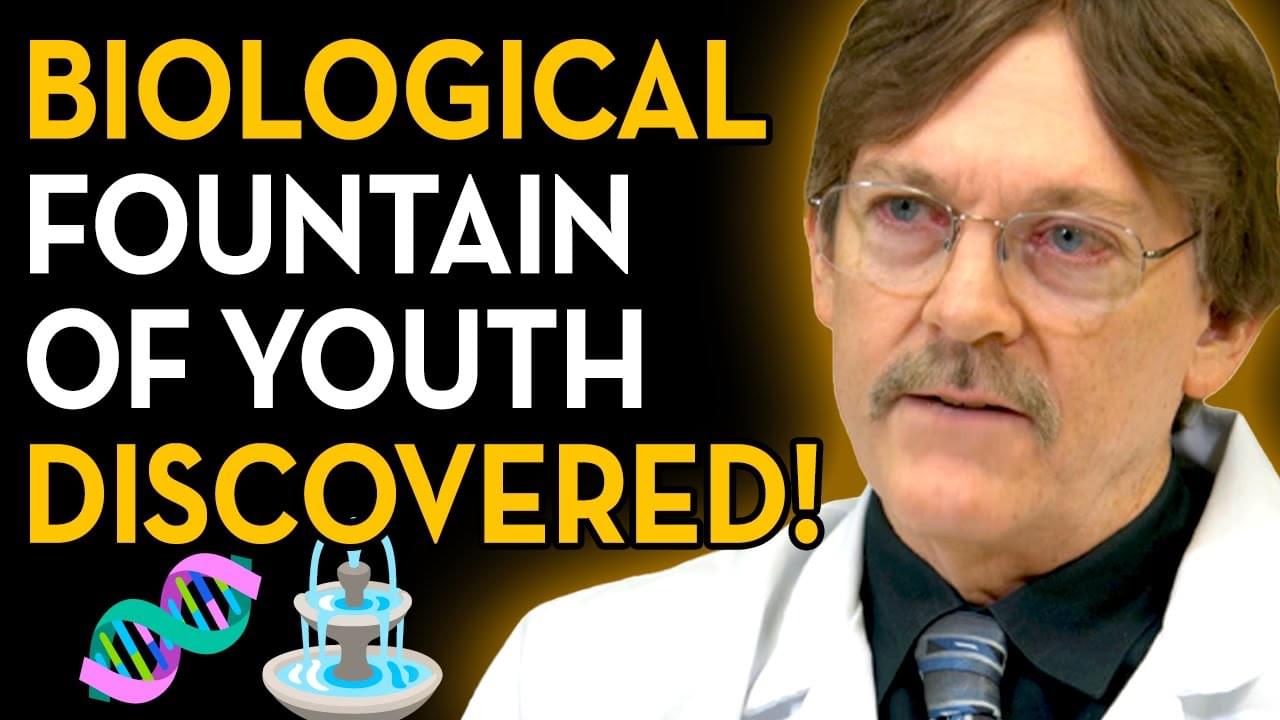
Your thymus isn’t talked about much, but this small organ in your upper chest is a key component of your immune system that is solely responsible for the essential \.
Sep 10, 2024
The role of metabolites in pluripotent stem cell modification
Posted by Shubham Ghosh Roy in categories: biotech/medical, genetics
Dissecting the molecular mechanism controlling the epigenetic profile of pluripotent stem cells.„, European Commission.
Sep 10, 2024
Cleaning up the aging brain
Posted by The Neuro-Network in categories: biotech/medical, engineering, life extension, neuroscience
Alzheimer’s, Parkinson’s, and other neurological disorders can be seen as “dirty brain” diseases, where the brain struggles to clear out harmful waste. Aging is a key risk factor because, as we grow older, our brain’s ability to remove toxic buildup slows down. However, new research in mice demonstrates that it’s possible to reverse age-related effects and restore the brain’s waste-clearing process.
“This research shows that restoring cervical lymph vessel function can substantially rescue the slower removal of waste from the brain associated with age,” says Douglas Kelley, a professor of mechanical engineering at the University of Rochester. “Moreover, this was accomplished with a drug already being used clinically, offering a potential treatment strategy.”
Kelley is one of the lead authors of the study, which appears in the journal Nature Aging, along with Maiken Nedergaard, codirector the University’s Center for Translational Neuromedicine. The study is one of many collaborations carried out by researchers at Rochester’s Hajim School of Engineering & Applied Sciences and the Medical Center.


